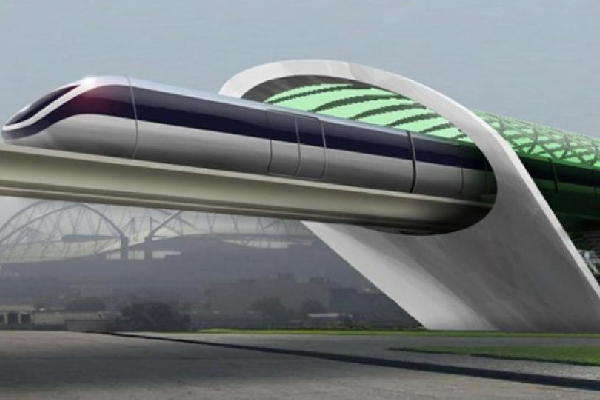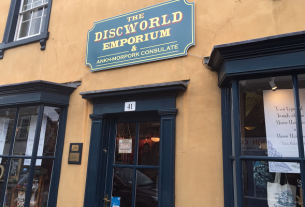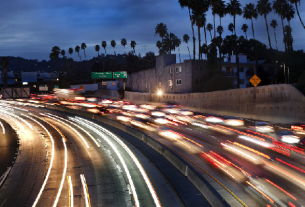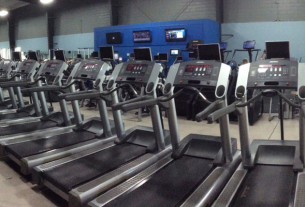After revolutionizing the fields of online payment and electric cars, Elon Musk is ready to do it again – well, maybe. The founder of Tesla Motors and the precursor to PayPal recently announced that he was working on a new transportation system, the Hyperloop, which promises to be faster and cheaper (in construction and operation) than pretty much anything:
“The Hyperloop has been vaguely described by Musk as a ‘cross between a Concorde, a rail gun, and an air hockey table.’ A better description might be an elevated tube system with a magnetic levitation system similar to high-speed bullet trains. The kicker would be the enclosed tube, which would provide a nearly friction-less surface for individual capsules to travel in … travel conditions could easily reach speeds of 4,000 miles per hour on longer journeys across the country or across continents. In theory, this elevated tube system could be built for a tenth of the cost of high-speed rail and a quarter the cost of a freeway. The projected cost for a passenger to travel from Los Angeles to New York is $100.”
Though Musk has in the past been able to work miracles, these claims go so far that even the most hard core tech boosters would find it difficult to believe that the hyperloop will end up costing as little and travelling as fast as it claims. And the vagueness of the description by Musk has given rise to some good natured satire by that most satirical of media sectors, the business press, with the International Business Times creating a list of the top five predictions for what the Hyperloop will actually look like (#3 is taken from Futurama).
Suffice it to say that if the Hyperloop does see the light of day, there’s a good chance it will end up being a bit less fast and less inexpensive than the jaw dropping claims made by Musk. Also, one can’t help but wonder a bit about the safety of such a system; if a Hyperloop train ends up hitting something at 4,000 miles per hour, the results won’t be pretty, neither for the people on the train nor for anyone anywhere near the elevated track.
Nevertheless, there’s reason to be happy about the Hyperloop. In the latter half of the twentieth century, the rise of commercial aviation has allowed us to travel much more quickly. But to do this, we must arrive at airports, which are always about 30 miles outside of wherever it is we’re actually going and are big, noisy, polluting, generally ugly, and promote sprawl. The fact that the Hyperloop is essentially a train system means that perhaps it can be incorporated into existing rail stations, or in any case will lead to the construction of centralized transportation centers that mesh with the urban fabric in central cities.
The first test run is scheduled for the end of this year, at which point we’ll be able to see if Musk is really creating a transportation revolution – or if he’s just throwing us for a loop.



